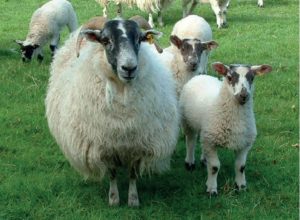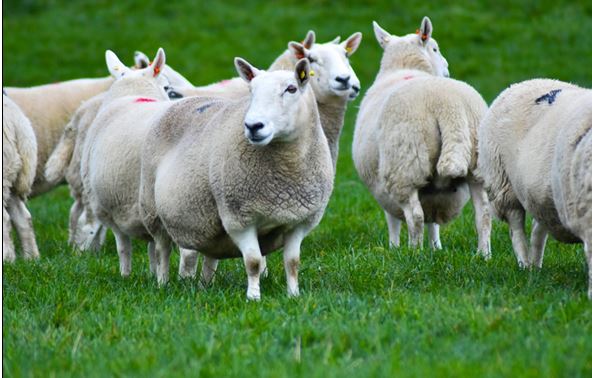Twin Lamb and Milk Fever
26 February 2018
Both twin lamb disease (pregnancy toxaemia) and milk fever (hypocalcaemia) affect ewes in late pregnancy. But how can you tell the difference between the two, to make sure treatment is effective?
Twin lamb is caused by low level of blood glucose, while milk fever is caused by a deficiency of calcium in the bloodstream. Due to the causes being different the signs vary slightly.
Signs of Pregnancy Toxaemia (Twin Lamb Disease)
- Separated from the flock
- Drowsy
- Not eating
- Nervous tremors/blindness
- Lie on side
Signs of Hypocalcaemia (Milk Fever)
- Rapid onset of signs
- Stiff unco-ordinated gait
- Muscle trembles
- Weak
- Sit on brisket, unable to stand
The treatment for twin lamb includes a glucose drench or injection as well as good quality high energy foods. Treatment often needs repeated and recovery takes time. While the treatment for milk fever involves a calcium injection and recovery is usually rapid.
Both twin lamb disease and milk fever are avoidable in the flock with tailored nutrition, management, low stress levels for the flock, no sudden changes of feeding regime, no period of starvation, introducing feed gradually, managing condition score and scanning results, offering high quality feeds and ensuring a smooth, low transition from fodder crops to grass or housing.
Kirsten Williams, kirsten.williams@sac.co.uk
Sign up to the FAS newsletter
Receive updates on news, events and publications from Scotland’s Farm Advisory Service

